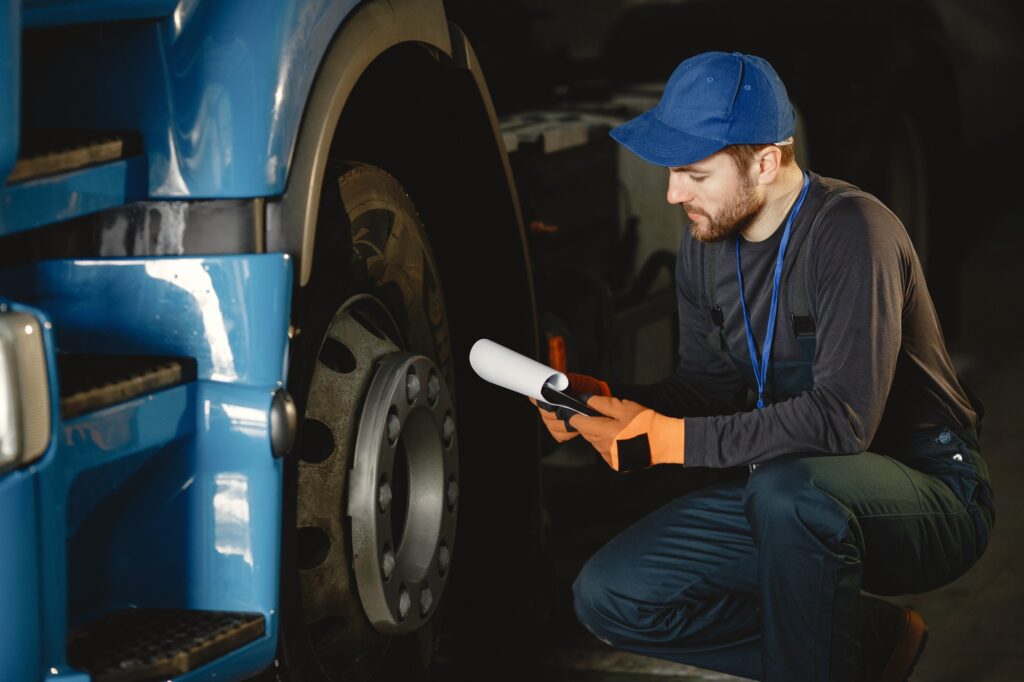Introduction
Brake calipers are a vital part of your vehicle’s braking system, clamping the brake pads against the discs to slow or stop your car. When they start to fail, your braking performance can suffer, putting your safety at risk. Recognizing the warning signs of bad brake calipers early can prevent accidents and costly repairs. In this article, we’ll explore the top 10 signs that indicate it’s time for brake caliper replacement, helping you stay safe on the road.
Signs Your Brake Calipers Need Replacement
- Uneven Braking or Pulling to One Side
- What It Means: If your car pulls to one side when braking, a caliper might be sticking or seized, applying uneven pressure.
- Why It Matters: This can lead to loss of control, especially at high speeds. Inspect the caliper for sticking pistons or damaged seals.
- Squealing or Grinding Noises
- What It Means: High-pitched squealing or grinding during braking often signals a seized caliper dragging the pad against the disc.
- Why It Matters: This wears out pads and discs faster, and the noise is a clear warning of caliper issues.
- Brake Fluid Leaks
- What It Means: Puddles of brake fluid under your car or a low fluid level in the reservoir may indicate a leaking caliper seal.
- Why It Matters: Leaks reduce hydraulic pressure, weakening braking power and risking failure.
- Reduced Braking Power
- What It Means: If braking feels sluggish or the pedal goes to the floor, a caliper might not be clamping properly.
- Why It Matters: This increases stopping distances, making emergencies dangerous—check for seized pistons or worn seals.
- Vibrations When Braking
- What It Means: Shaking in the pedal or steering wheel can result from a caliper not releasing fully, causing uneven pressure.
- Why It Matters: Vibrations signal mechanical issues that need immediate attention to restore smooth braking.
- Overheating Brakes
- What It Means: A hot, burning smell or smoking brakes after driving suggest a caliper is stuck, keeping the pads engaged.
- Why It Matters: Overheating damages the entire brake system and can lead to brake fade.
- Uneven Brake Pad Wear
- What It Means: If one pad wears faster than the other on the same axle, a caliper might not be applying even pressure.
- Why It Matters: This reduces braking efficiency and requires more frequent pad replacements.
- Spongy Brake Pedal
- What It Means: A soft or spongy pedal can result from air in the brake lines due to a leaking caliper.
- Why It Matters: Air reduces hydraulic pressure, making braking less responsive.
- Dashboard Warning Lights
- What It Means: Brake or ABS warning lights may illuminate if a caliper issue affects the system’s sensors.
- Why It Matters: Modern cars detect pressure imbalances—don’t ignore these alerts.
- Visible Damage or Corrosion
- What It Means: Rust, cracks, or physical damage on the caliper body can impair its function.
- Why It Matters: Corrosion can cause pistons to seize, and cracks lead to leaks—replace damaged calipers immediately.
Why These Signs Are Critical
Ignoring these signs can lead to:
- Safety Risks: Uneven braking or failure increases accident risk.
- Higher Costs: A seized caliper can damage discs, pads, and brake lines, raising repair bills.
- Vehicle Downtime: Delaying replacement can leave you stranded or waiting for repairs.
How to Inspect Your Brake Calipers
- Visual Check: Look for leaks, rust, or damage on the caliper body.
- Test Drive: Note pulling, noises, or pedal feel while braking.
- Professional Diagnosis: A mechanic can pressure-test the system to confirm caliper issues.
Conclusion
Brake calipers are essential for safe braking, and signs like uneven braking, noises, or fluid leaks signal it’s time for replacement. Regular inspections and prompt action can prevent dangerous failures and keep your vehicle reliable. Don’t wait for a breakdown—check your calipers today and ensure your brakes are in top shape.
Call-to-Action:
Have you noticed these signs? Share your story in the comments, and read our DIY caliper replacement guide for next steps!

